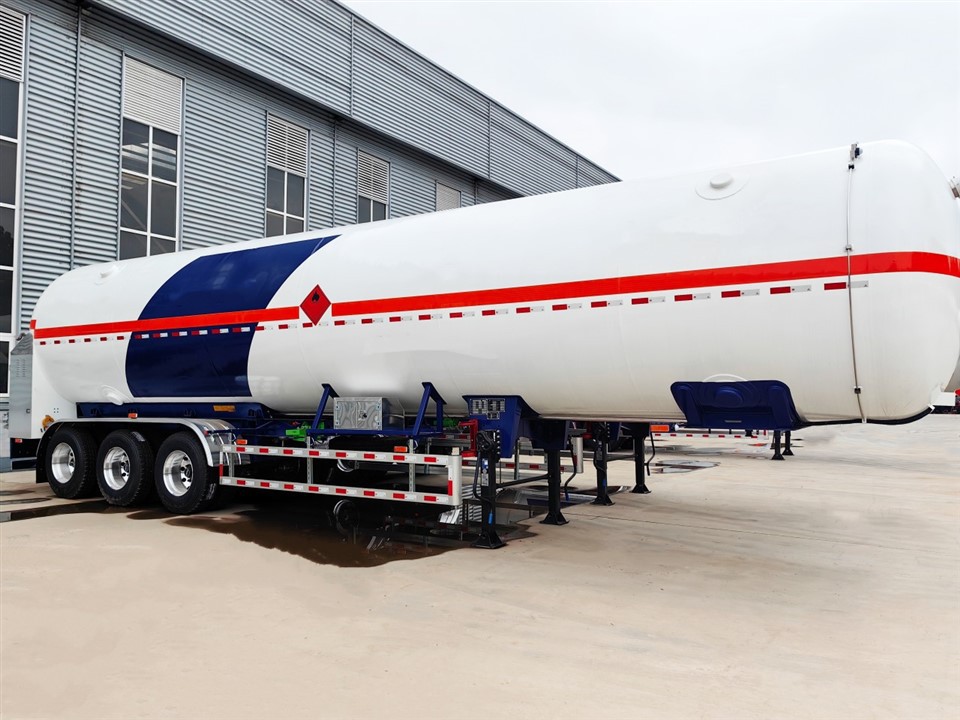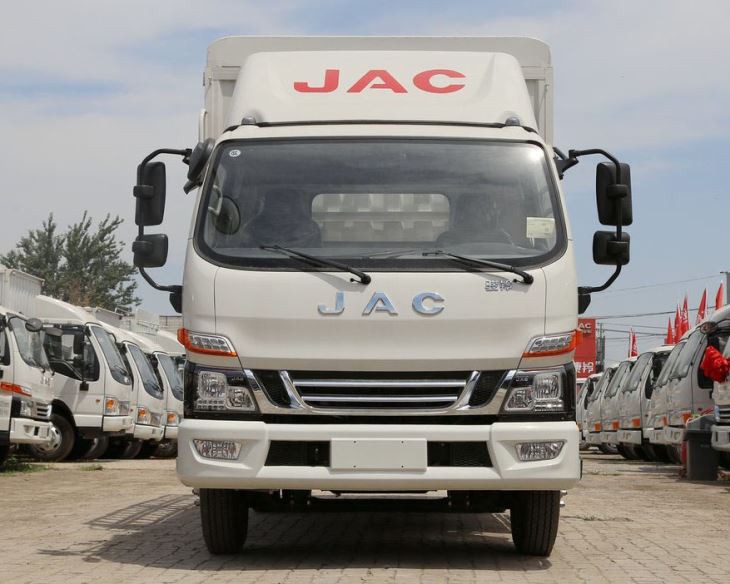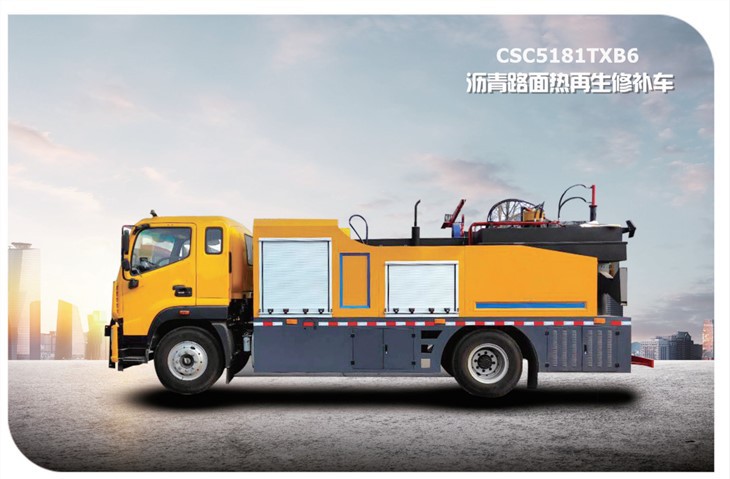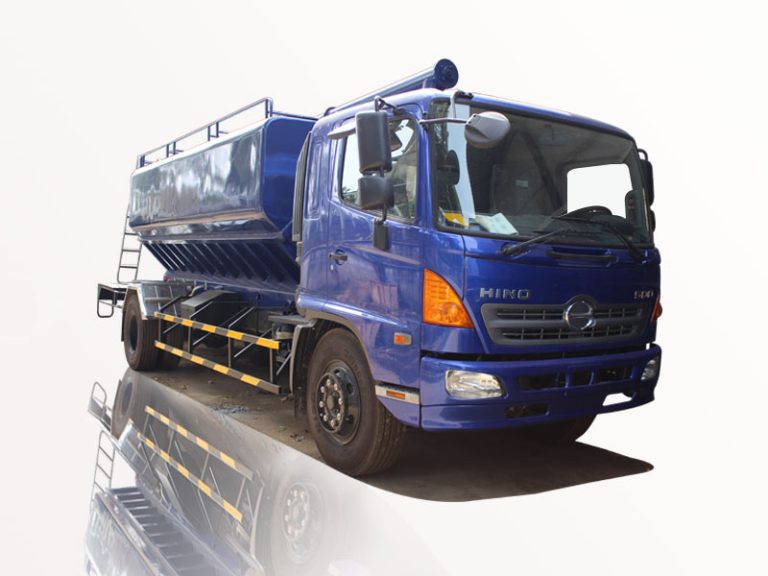Introduction
An aerial bucket truck is an essential piece of equipment for various industries that require working at height. These versatile machines are used for everything from utility maintenance to construction projects, making them invaluable to any organization that requires safe access to elevated areas. This article will explore the ins and outs of aerial bucket trucks, discussing their types, benefits, common applications, safety considerations, and much more. Whether you are considering using an aerial bucket truck for your business or simply want to learn more, this guide covers it all.
What is an Aerial Bucket Truck?
An aerial bucket truck, also known as a cherry picker or boom lift, is a vehicle equipped with an extendable arm known as a boom that ends with a bucket or platform. This equipment allows workers to reach elevated areas safely. Typically mounted on a truck chassis, aerial bucket trucks can be driven on public roads and positioned close to job sites for easy access.
Key Components of Aerial Bucket Trucks
- Chassis: The base structure of the truck that determines its weight capacity and mobility.
- Boom: The extendable arm that raises the bucket to the desired height.
- Bucket: The platform where workers stand and operate from, often equipped with protective rails.
- Hydraulic System: Powers the boom and allows for smooth extension and retraction.
- Stabilizers: Outriggers that ensure stability when the bucket is extended.
Types of Aerial Bucket Trucks
Aerial bucket trucks come in various types, each suited for specific tasks and environments:
1. Telescopic Boom Truck
Telescopic boom trucks feature a boom that extends straight out, allowing for significant vertical heights but limited lateral reach. These are ideal for utility work where height is prioritized.
2. Articulating Boom Truck
Articulating boom trucks have joints in their arms, allowing them to maneuver around obstacles and reach areas that are not directly accessible. They are common in tree trimming and maintenance tasks.
3. Spider Lifts
Spider lifts are compact, lightweight versions of bucket trucks and can operate on rough terrains. They offer excellent flexibility and maneuverability in tight spaces.
4. Heavy-Duty Aerial Trucks
Designed for more demanding tasks, heavy-duty aerial trucks can handle significant weight and reach great heights, making them suitable for industrial settings.
Benefits of Using Aerial Bucket Trucks
Aerial bucket trucks offer several advantages over traditional ladders and scaffolding:
1. Enhanced Safety
These vehicles provide a safe platform for workers at heights, reducing the risks associated with using ladders or scaffolding.
2. Increased Efficiency
Aerial bucket trucks allow workers to reach high areas quicker and with less effort, which improves overall productivity during projects.
3. Versatility
They can be used across various industries, from telecommunications to construction, making them a valuable asset for many businesses.
4. Operator Comfort
The bucket is equipped with safety features and can often provide a more comfortable working space than traditional equipment, allowing for longer work periods.
Applications of Aerial Bucket Trucks
Aerial bucket trucks are used in numerous applications, including:
1. Utility Maintenance
These trucks are widely used by electrical and telecommunications companies for tasks such as repairing power lines and installing streetlights.
2. Tree Care and Landscaping
Arborists frequently use aerial bucket trucks to prune trees and perform maintenance work where ladders can’t reach.
3. Construction
In the construction industry, aerial bucket trucks assist workers in installing roofs, signage, and other structural components at height.
4. Building Maintenance
Building maintenance teams use this equipment for window cleaning, painting, and facade repairs, enhancing the upkeep of commercial properties.
Choosing the Right Aerial Bucket Truck
Selecting the right aerial bucket truck depends on several factors:
1. Height Requirements
Determine the maximum height needed for your tasks. Different truck types offer various reach capabilities.
2. Weight Capacity
Consider the weight of the tools and personnel that will be in the bucket. Make sure the truck can safely handle the load.
3. Terrain and Accessibility
Assess the ground conditions of your job site. If working on rough terrain, a spider lift may be ideal.
Safety Considerations
When using an aerial bucket truck, upholding safety standards is crucial:
1. Operator Training
Operators must undergo proper training to understand how to use the equipment efficiently and safely.
2. Regular Inspections
A detailed inspection of the aerial bucket truck should be performed before each use to identify any potential safety hazards.
3. Harness Use
Workers should wear a safety harness while in the bucket, securely attached to the boom to prevent falls.
4. Adhering to Safety Guidelines
Remain informed about and comply with local and federal safety regulations associated with working at heights.
Cost Factors of Aerial Bucket Trucks
The cost of acquiring or renting an aerial bucket truck can vary significantly based on various factors:
1. Purchase vs. Rental
Consider whether purchasing or renting the equipment makes more financial sense for your needs.
2. Type and Size of Truck
The type of truck, whether it’s telescopic or articulating, and its size can greatly influence the price.
3. Brand and Model
Different brands may offer varying quality and features, which also affects the cost.
4. Maintenance and Operating Costs
Budget for ongoing maintenance and fuels costs to ensure reliable operation over time.
Practical Examples and Tips for Using Aerial Bucket Trucks
Example 1: Utility Company Projects
When a utility company needs to replace a power line, they might use an articulating boom bucket truck. The flexibility of the boom allows them to navigate around obstacles such as trees and buildings.
Example 2: Building Maintenance
A property management company may choose to hire a telescopic boom truck for a high-rise building’s window cleaning project. The extra height capacity ensures all windows are accessible without the need for scaffolding.
Tips for Efficient Use
- Plan Ahead: Ensure you have a clear plan and workflow before starting the project.
- Communicate: Maintain clear communication among team members, especially when operating near personnel on the ground.
- Consider Weather Conditions: Avoid using bucket trucks during high winds or storms, as these conditions can pose risks.
FAQ About Aerial Bucket Trucks
1. What is the typical height range for aerial bucket trucks?
Aerial bucket trucks have varying height ranges, typically from 30 feet to over 150 feet, depending on the model and type.
2. Can anyone operate an aerial bucket truck?
No, operators need to undergo specific training and certification to ensure safe and competent operation.
3. How often should aerial bucket trucks be inspected?
Aerial bucket trucks should be inspected daily before use and undergo more comprehensive inspections according to the manufacturer’s guidelines and local regulations.
4. Are aerial bucket trucks safe for outdoor use?
Yes, aerial bucket trucks are designed for outdoor use, but operators must be cautious of changing weather conditions and site hazards.
5. What is the weight capacity of most aerial bucket trucks?
Weight capacities vary by model but typically range from 300 to 1,000 pounds, including the operator and tools.
6. Can aerial bucket trucks be used for aerial photography?
Yes, aerial bucket trucks are often used for bird’s-eye view photography and filming, as they provide stable platforms for cameras at height.



